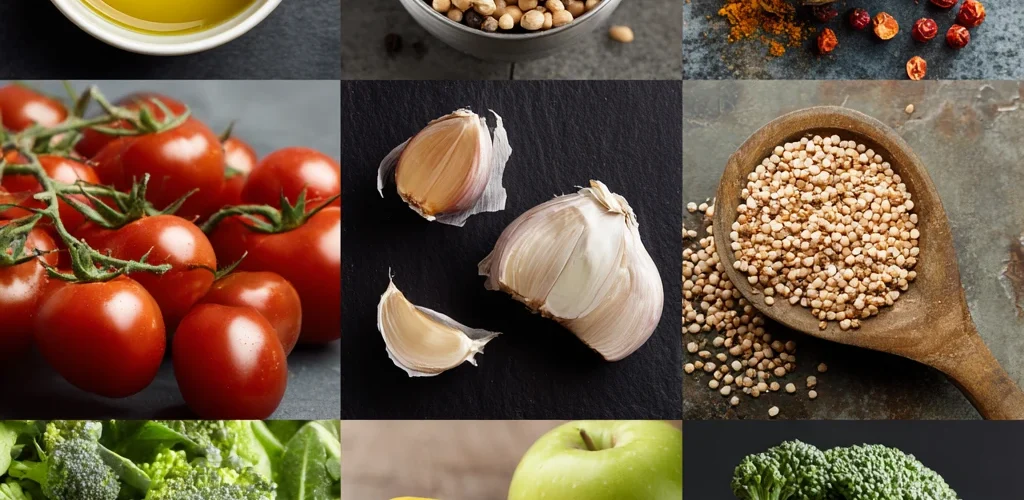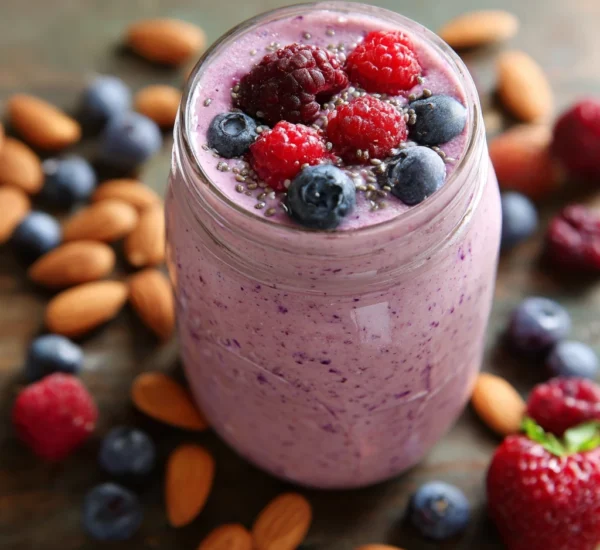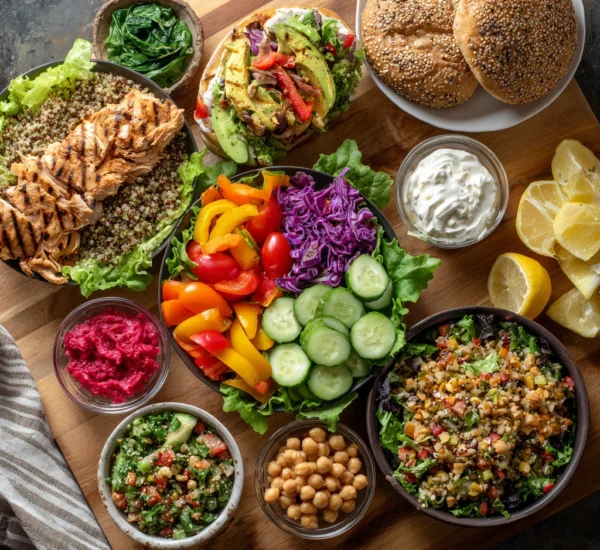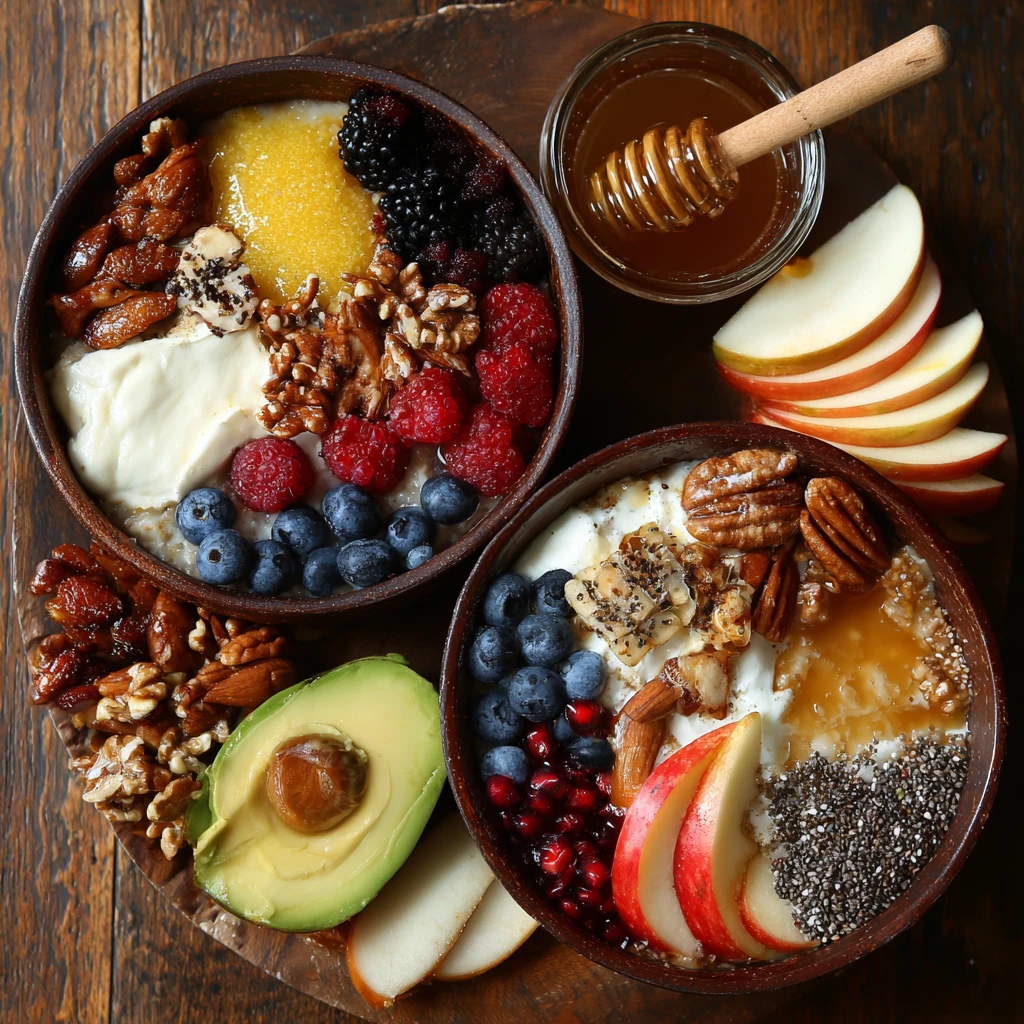Pairing Foods for Better Nutrition: Unlock Synergistic Health Benefits
Food is more than just fuel; it’s a complex matrix of nutrients that interact within our bodies. By understanding how different foods work together, we can unlock synergistic health benefits and optimize our nutritional intake. Food pairing, also known as nutrient synergy, involves combining specific foods to enhance the absorption, utilization, or overall effectiveness of their individual nutrients. This article explores the science behind food pairing, highlighting key combinations and providing practical tips to improve your diet.
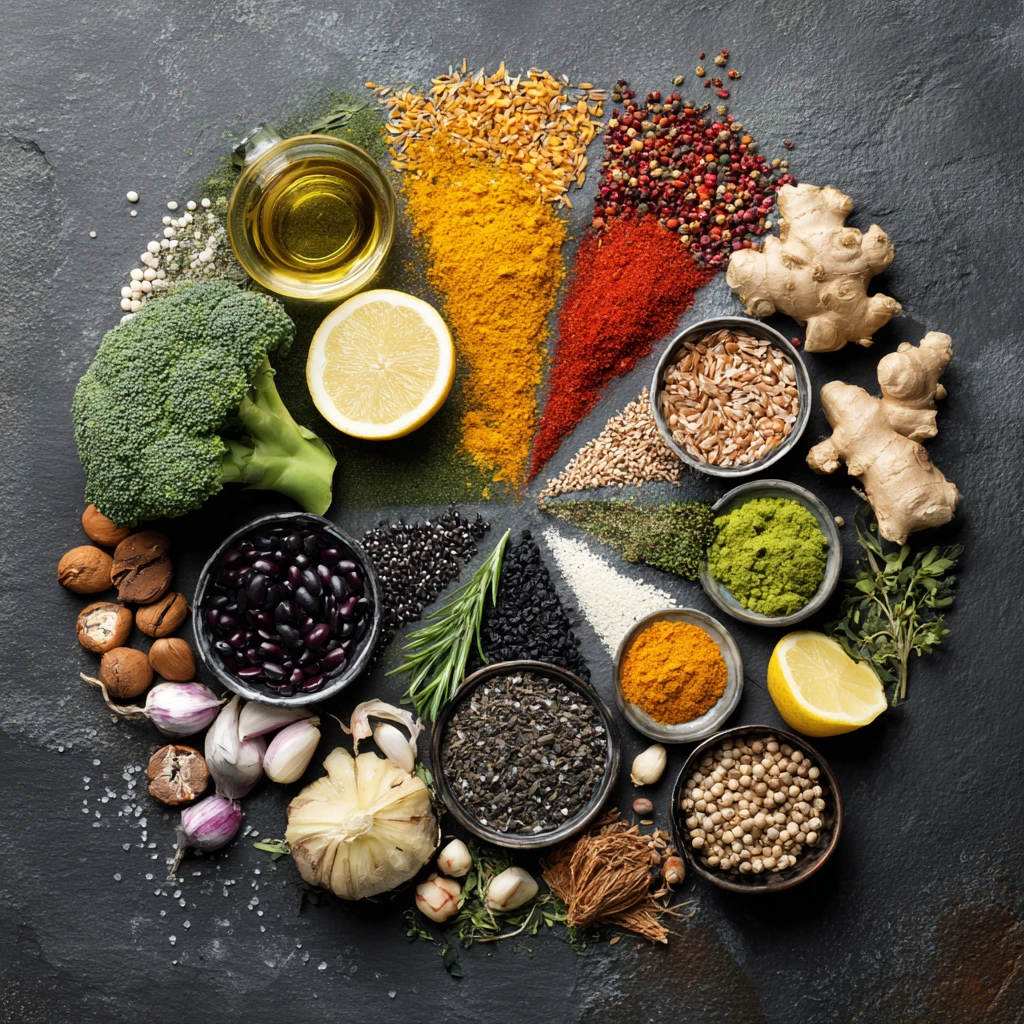
Understanding Nutrient Synergy
Nutrient synergy occurs when two or more nutrients work together to produce a greater effect than the sum of their individual effects. This interaction can involve enhanced absorption, increased bioavailability, or complementary functions within the body. Many food pairings boost the uptake of crucial vitamins and minerals, maximizing the nutritional value of your meals.
The Science Behind Food Pairing
The concept of nutrient synergy is rooted in biochemistry. For instance, vitamin C enhances iron absorption, while fat-soluble vitamins (A, D, E, and K) require dietary fat for proper absorption. Certain plant compounds, like those found in turmeric and black pepper, exhibit synergistic effects that amplify their health benefits. Understanding these interactions allows us to make informed food choices.
Benefits of Strategic Food Combinations
Strategic food combinations can offer numerous advantages:
- Improved Nutrient Absorption: Enhance the uptake of essential vitamins and minerals.
- Enhanced Bioavailability: Increase the body's ability to use nutrients effectively.
- Antioxidant Power: Boost the antioxidant capacity of meals.
- Reduced Risk of Nutrient Deficiencies: Ensure optimal intake of essential nutrients.
- Improved Digestion: Some food combinations can aid digestion and reduce bloating.
Key Food Pairings for Enhanced Nutrition
Here are some evidence-backed food pairings that can significantly improve your nutritional intake:
1. Iron-Rich Foods with Vitamin C
Iron is crucial for oxygen transport and energy production. However, non-heme iron (found in plant-based foods like spinach and lentils) is not as easily absorbed as heme iron (found in animal products). Vitamin C dramatically improves the absorption of non-heme iron.
Example:
- Spinach salad with strawberries
- Lentil soup with a squeeze of lemon juice
- Iron-fortified cereal with orange slices
2. Turmeric with Black Pepper
Turmeric contains curcumin, a potent anti-inflammatory compound. However, curcumin is poorly absorbed by the body. Black pepper contains piperine, which can increase curcumin absorption by up to 2,000%.
Example:
- Turmeric latte with a pinch of black pepper
- Curried vegetables with black pepper
- Turmeric-infused stir-fry with a dash of black pepper
3. Vitamin D with Calcium
Vitamin D is essential for calcium absorption and bone health. Without adequate vitamin D, the body cannot effectively utilize calcium, leading to bone weakness and increased risk of fractures.
Example:
- Salmon (rich in vitamin D) with a side of broccoli (provides calcium)
- Fortified milk with breakfast cereal
- Vitamin D supplement with a calcium-rich meal
4. Healthy Fats with Fat-Soluble Vitamins
Vitamins A, D, E, and K are fat-soluble, meaning they require dietary fat for proper absorption. Including healthy fats in meals containing these vitamins ensures optimal uptake.
Example:
- Avocado with a salad containing carrots (vitamin A)
- Olive oil dressing on spinach salad (vitamin K)
- Nuts with a sweet potato (vitamin A)
5. Tomatoes with Olive Oil
Tomatoes are rich in lycopene, a powerful antioxidant linked to reduced risk of heart disease and certain cancers. Cooking tomatoes with olive oil increases lycopene absorption.
Example:
- Homemade tomato sauce with olive oil
- Roasted tomatoes with olive oil and herbs
- Bruschetta with olive oil and fresh tomatoes
6. Garlic and Onions
Garlic and onions contain allicin, a sulfur-containing compound that has antimicrobial and anticancer properties. Combining them can offer synergistic health benefits.
Example:
- Sautéed garlic and onions in stir-fries
- Garlic-infused olive oil with caramelized onions
- Garlic bread with onion soup
7. Green Tea and Lemon
Green tea is rich in catechins, antioxidants associated with various health benefits. Adding lemon juice to green tea can increase catechin bioavailability.
Example:
- Green tea with a squeeze of lemon
- Iced green tea lemonade
- Green tea smoothies with lemon and fruits
8. Apple and Peanut Butter
Apples contain quercetin, an antioxidant and anti-inflammatory, while peanut butter contains fats that will increase its absorption.
Example:
- Slices of apple with a serving of peanut butter.
- Chopped apples in a peanut butter smoothie.
- Apples with peanut butter and granola.
9. Legumes and Grains
Legumes and grains complement each other nutritionally. Legumes are rich in lysine, an amino acid that is limited in grains. Grains, on the other hand, are rich in methionine, an amino acid that is limited in legumes. Pairing these food groups provides a complete protein source.
Example:
- Rice and beans
- Hummus (made from chickpeas) with whole wheat pita bread
- Lentil soup with barley
10. Broccoli and Mustard Seeds
Broccoli, along with other cruciferous vegetables, contains glucosinolates, which are converted into isothiocyanates (ITCs). ITCs have anti-cancer properties. Mustard seeds contain an enzyme called myrosinase, which helps to convert glucosinolates into ITCs.
Example:
- Broccoli salad with mustard seed dressing
- Roasted broccoli with mustard seed topping
- Stir-fried broccoli with mustard oil
Practical Tips for Implementing Food Pairing
Incorporating food pairing principles into your diet doesn’t require drastic changes. Start with simple swaps and additions to your existing meals.
Planning Meals Strategically
When planning your meals, consider how you can combine foods to maximize nutrient absorption. For example, if you’re having a salad with leafy greens, add a source of healthy fats like avocado or olive oil. If you’re preparing a lentil soup, add a squeeze of lemon juice.
Enhancing Nutrient Absorption
Focus on enhancing the absorption of key nutrients by pairing them with complementary foods. Combine iron-rich foods with vitamin C, turmeric with black pepper, and fat-soluble vitamins with healthy fats.
Experimenting with Recipes
Explore recipes that naturally incorporate synergistic food combinations. Many traditional cuisines already utilize these principles. Look for dishes that combine legumes with grains, tomatoes with olive oil, or garlic with onions.
Being Mindful of Food Preparation
Food preparation methods can also influence nutrient bioavailability. For example, cooking tomatoes with olive oil enhances lycopene absorption, while steaming vegetables can help retain water-soluble vitamins.
Debunking Common Food Pairing Myths
While food pairing can be beneficial, it’s important to separate fact from fiction. Some popular food pairing claims lack scientific evidence and can lead to unnecessary dietary restrictions.
Myth: Combining Fruits and Vegetables is Always Bad
While some individuals may experience digestive discomfort when combining certain fruits and vegetables, this is not a universal rule. Many fruits and vegetables can be safely and beneficially combined in smoothies, salads, and other dishes.
Myth: Certain Food Combinations Cause Weight Gain
There is no scientific evidence to support the claim that specific food combinations cause weight gain. Weight gain is primarily determined by overall calorie intake and energy expenditure, not by the specific way foods are combined.
Myth: Strict Food Combining Diets are Necessary for Optimal Health
Strict food combining diets, which restrict the consumption of certain food groups together, are not necessary for optimal health. A balanced and varied diet that incorporates food pairing principles is more effective and sustainable.
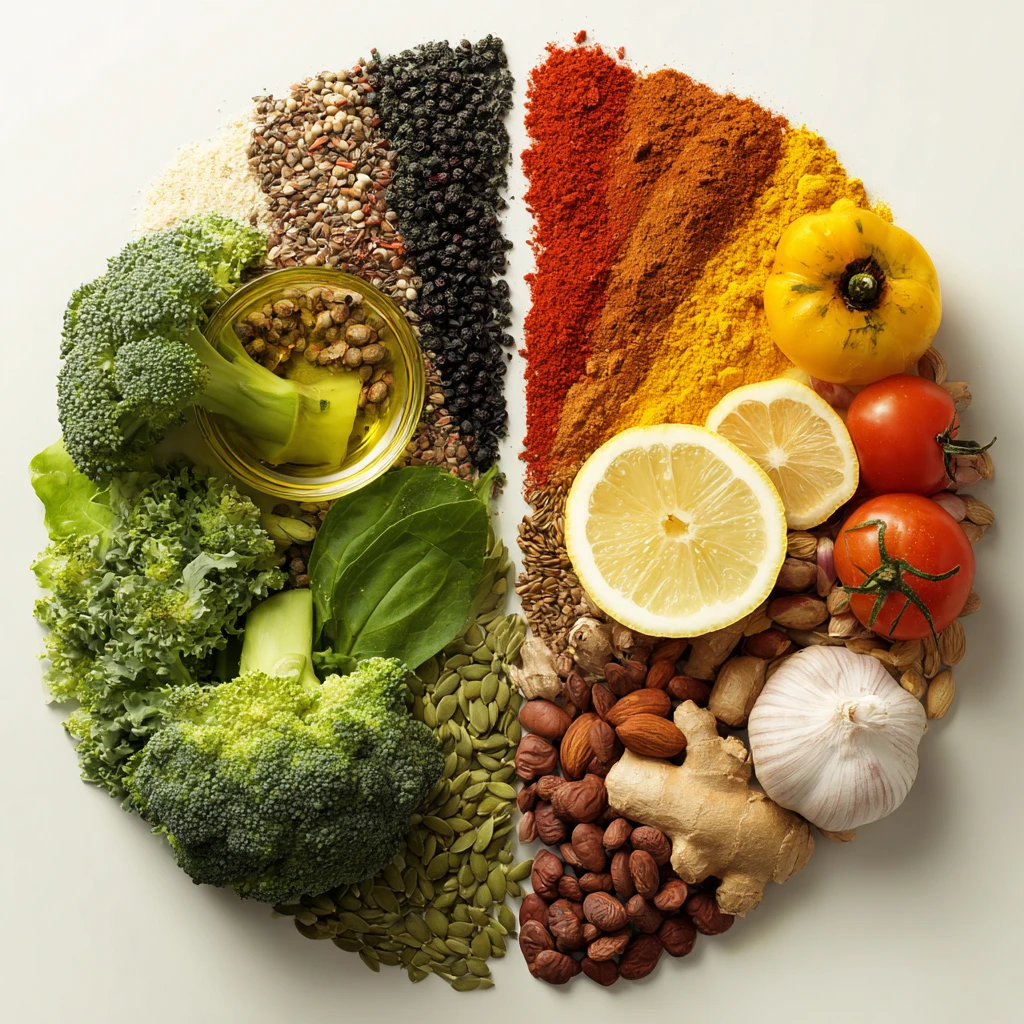
Frequently Asked Questions (FAQs)
Q: What is food pairing and why is it important?
Food pairing is the practice of combining specific foods to enhance the absorption, utilization, or overall effectiveness of their individual nutrients. It’s important because it can maximize the nutritional value of your meals and improve your overall health.
Q: How can I start incorporating food pairing into my diet?
Start with simple swaps and additions to your existing meals. Combine iron-rich foods with vitamin C, turmeric with black pepper, and fat-soluble vitamins with healthy fats.
Q: Are there any food combinations I should avoid?
While some individuals may experience digestive discomfort when combining certain foods, there are no universally harmful food combinations. Focus on incorporating beneficial pairings rather than avoiding specific combinations.
Q: Can food pairing help with weight loss?
Food pairing alone is unlikely to lead to significant weight loss. However, incorporating food pairing principles into a balanced and calorie-controlled diet can support overall health and well-being.
Q: Is it necessary to follow a strict food combining diet?
No, strict food combining diets are not necessary for optimal health. A balanced and varied diet that incorporates food pairing principles is more effective and sustainable.
Q: Can food pairing improve digestion?
Some food combinations can aid digestion. For example, fermented foods like yogurt or kimchi can improve gut health and digestion. Also, cooked foods digest faster, so combining raw and cooked foods might cause discomfort.
Q: Where can I find more information about food pairing?
Consult with a registered dietitian or nutritionist for personalized advice on food pairing. You can also find reliable information from reputable health and nutrition websites.
